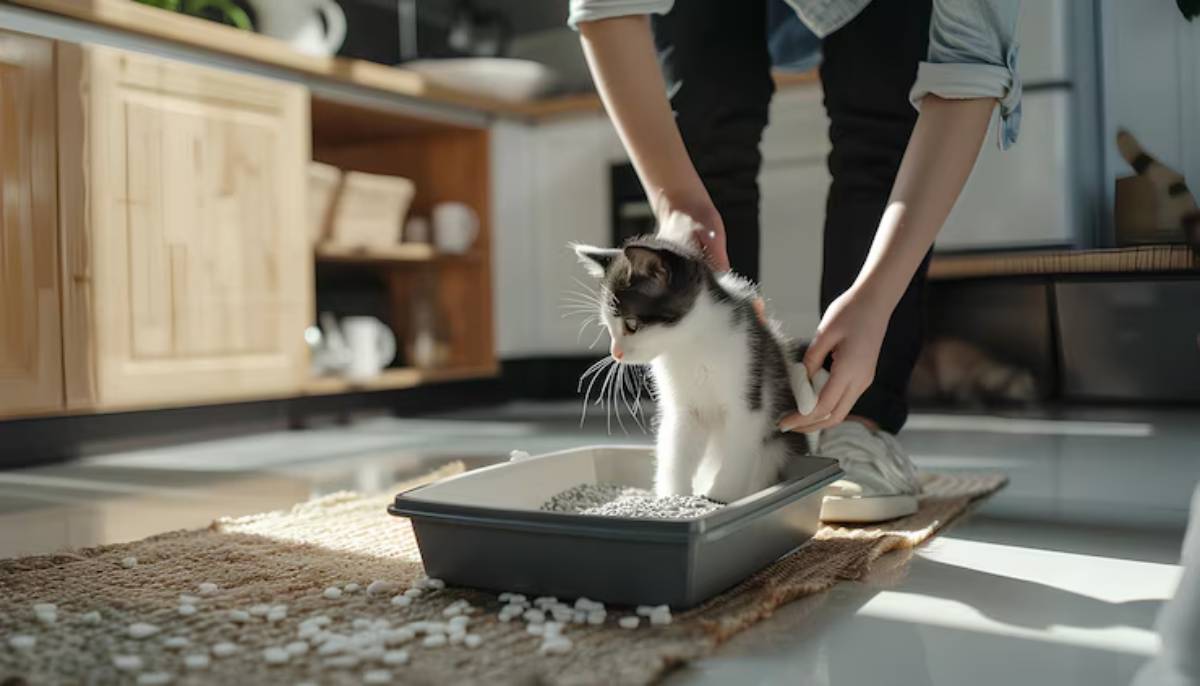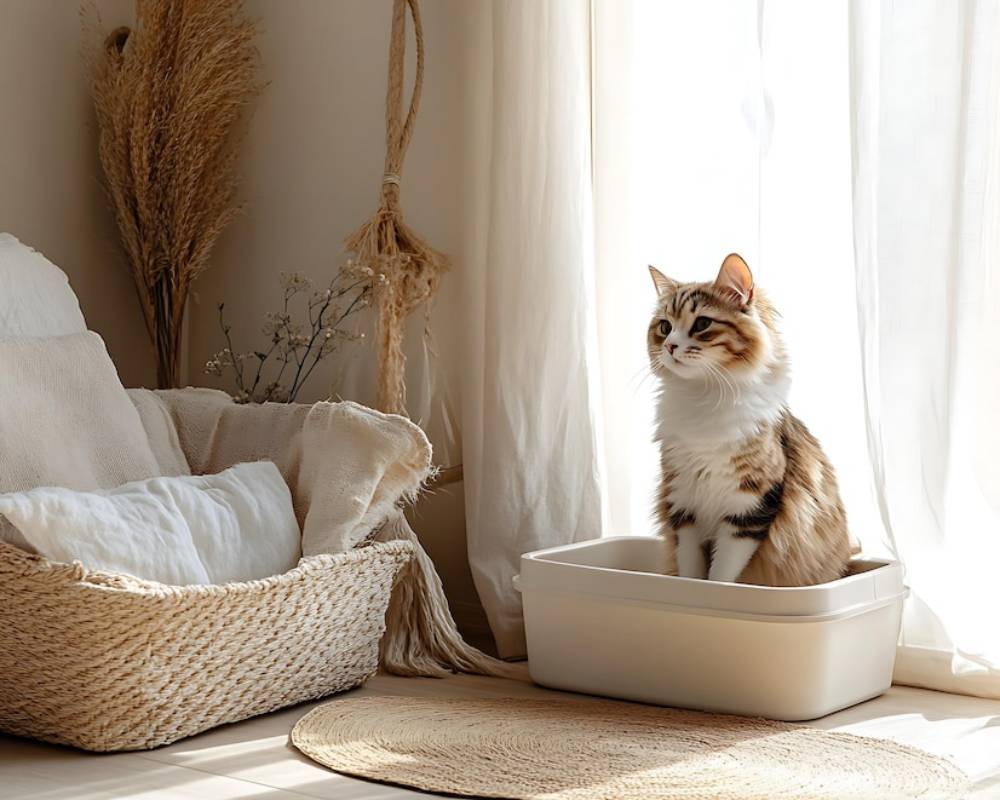
Outdoor Cats: Encouraging Litter Box Use Indoors
Transitioning an outdoor cat to indoor life can be a rewarding but challenging process. One of the most common hurdles pet parents face is indoor litter training. Outdoor cats, used to doing their business in gardens, fields, or wherever nature calls, may initially resist using a litter box. But with patience, empathy, and the right strategies, you can teach your outdoor feline friend to embrace indoor toileting habits.
Whether you’ve rescued a stray, are moving to a new home, or simply want to bring your adventurous companion indoors for safety, this guide will walk you through everything you need to know about transitioning outdoor cats and indoor litter training. From understanding feline instincts to practical tips and personal stories, you’ll find actionable advice for making this change as smooth and stress-free as possible.
Why Transitioning to Indoor Life Matters
The Benefits of Bringing Outdoor Cats Inside
Bringing a cat indoors isn’t just about convenience — it’s often about protection and longevity.
Benefits include:
- Safety from traffic, predators, and harsh weather
- Protection against disease and parasites
- Longer average lifespan
- Closer bonding with humans
However, for your cat to truly thrive indoors, you’ll need to recreate key aspects of their outdoor life, starting with toileting habits.
Understanding Your Cat’s Outdoor Habits
Outdoor cats typically choose toileting spots based on:
- Soft, diggable soil
- Quiet, undisturbed locations
- Scent marking instincts
Recognising these preferences will help you choose the right indoor litter training solutions.
Setting the Stage for Indoor Litter Training

Choosing the Right Litter Box
Outdoor cats aren’t used to confined spaces for toileting
Opt for:
- Large, open-top litter boxes: To mimic natural conditions
- Low-sided boxes: For easy access
- Multiple boxes: They are placed in different areas to offer options
If your cat is older or arthritic, prioritise easy access and non-slip mats nearby.
Picking the Right Litter

The right litter can make all the difference.
Outdoor cats are more likely to accept:
- Unscented, natural litter (like soil, wood, or paper-based types)
- Fine-grain textures that resemble dirt or sand
- Low-dust options to protect respiratory health
You might even start with a small amount of soil mixed into the litter to ease the transition.
Ideal Litter Box Locations
Cats value privacy and consistency. Place litter boxes:
- In quiet, low-traffic areas of your home
- Away from food and water bowls
- Near doors or windows, if your cat tends to linger there
Avoid placing the box in a noisy laundry room or near appliances.
Step-by-Step Guide to Indoor Litter Training
Step 1: Create a Safe, Confined Introduction Space
Start by keeping your cat in a single, quiet room with everything they need:
- Litter box
- Food and water
- Toys and bedding
This helps them adjust to the environment and locate their toilet easily.
Step 2: Encourage Exploration
Once your cat reliably uses the litter box, let it roam under supervision. Gradually introduce it to other rooms, ensuring the litter boxes are accessible.
Step 3: Positive Reinforcement
Reward successful litter box use with:
- Gentle praise
- Treats
- Playtime
Never punish mistakes. Instead, clean accidents thoroughly to remove odours and discourage repeat incidents.
Step 4: Addressing Reluctance or Regression
If your cat avoids the box:
- Reassess location, litter type, and box cleanliness
- Try a different style of box (e.g., covered vs open)
- Add a box in a preferred area
Patience is key — some cats need a few weeks to adjust.
Real-Life Success Stories
Lucy’s Adjustment from Farm Life
Lucy, a former barn cat, struggled with litter box use indoors. Her owner, Sarah, started by mixing garden soil into an open litter tray and placed it near the back door — Lucy’s usual exit point. Over time, she replaced the soil with pine litter and moved the tray gradually to a quieter room. Now, Lucy uses the box reliably and enjoys her indoor comforts.
Milo’s Rescue Journey
Milo was found living under a shed, skittish and wary. His foster carer confined him to a quiet guest room with a large, open box filled with fine, unscented litter. After a week of gentle encouragement and routine, Milo started using the box consistently. He now lives happily indoors and prefers lounging by the window to exploring outside.
Addressing Common Issues
Spraying or Marking Indoors
If your cat starts spraying:
- Neuter or spay if not already done
- Clean sprayed areas with enzyme cleaners
- Use feline pheromone diffusers to reduce stress
Accidents on Beds or Rugs
Try:
- Making those areas less accessible during training the cats
- Using deterrent sprays or foil
- Increasing the number of litter boxes
Night-Time Accidents
- Ensure the litter box is easy to access in the dark
- Try nightlights near litter areas
- Keep bedroom doors open if needed
Enhancing the Indoor Environment
Mimic Outdoor Enrichment
Indoor cats still need stimulation.
Provide:
- Scratching posts and climbing towers
- Interactive toys and food puzzles
- Window perches for bird watching
A contented, well-stimulated cat is likelier to use the litter box reliably.
Routine and Predictability
Cats love consistency. Feed, play, and clean the litter box at the same time daily. A predictable environment builds confidence and reduces accidents.
Building Trust, One Paw at a Time
Helping an outdoor cat adjust to indoor toileting takes time, empathy, and consistency — but the reward is a stronger bond and a safer, healthier life for your pet. By understanding your cat’s instincts and offering the proper setup, you can make this transition smooth and successful.
Remember: every cat is different. What works for one might need tweaking for another. Trust the process, stay patient, and celebrate the small victories.
Have you transitioned an outdoor cat to indoor living? Share your experience in the comments — your tips could make all the difference to another cat lover!


